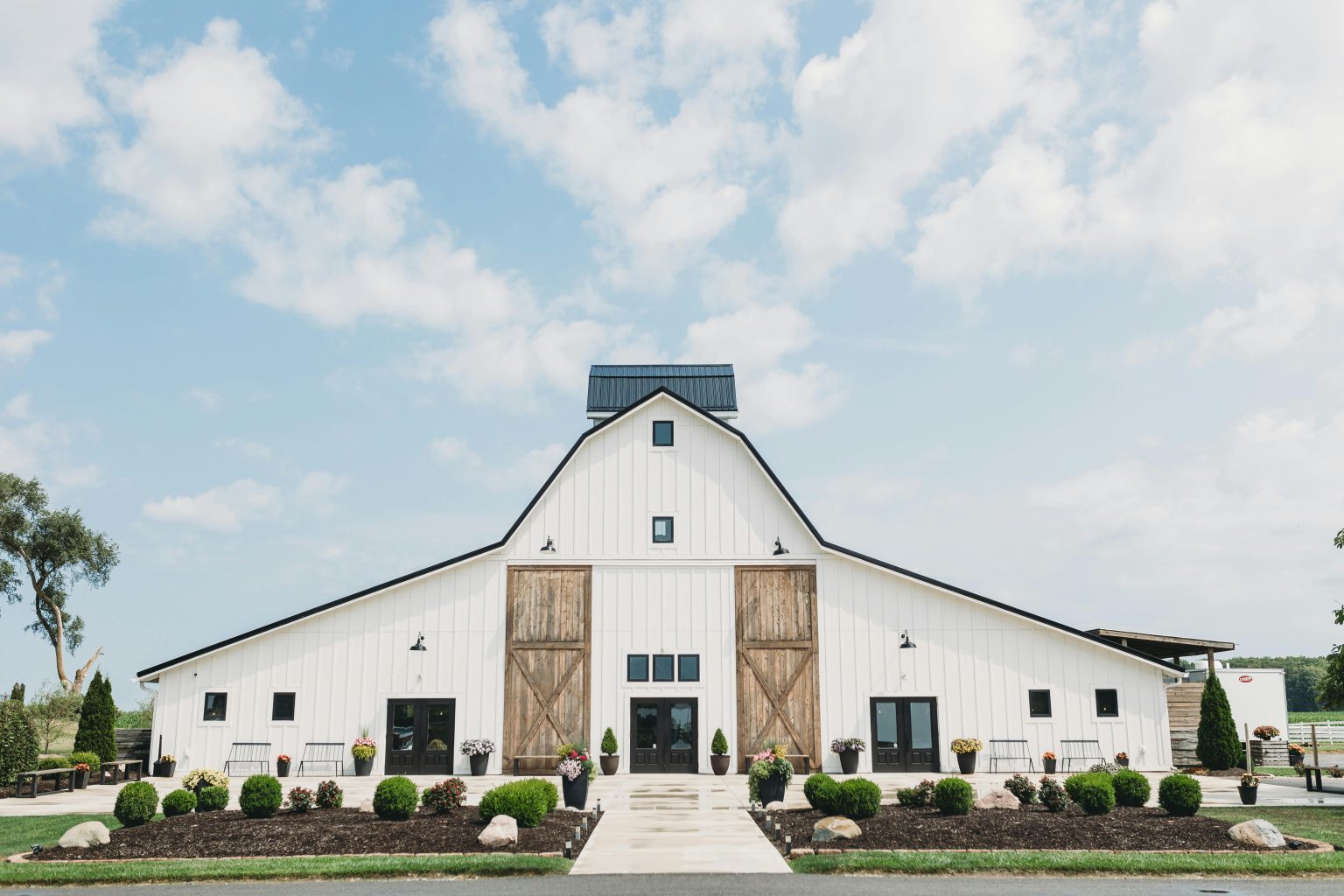On a modern farm, the smallest design details often make the biggest difference. Among the most overlooked yet critical of these details are the materials used for farm doors. The right material selection can mean better energy use, reduced maintenance, increased security, and an extended lifespan for the entire structure.
In contrast, poor material choices can lead to operational inefficiencies and long-term costs that far outweigh any initial savings. While design and function play important roles, the composition of a farm door is what often determines whether it performs well over time.
Improving Structural Integrity Through Material Strength
Durability is a core requirement for any door that must withstand daily use on a working farm. Agricultural operations involve constant exposure to weather, machinery movement, and temperature fluctuations. Choosing a material that can endure repeated contact, high wind loads, and environmental wear helps ensure that the doors remain operational and safe year-round.
Steel, for example, is prized for its structural integrity and resistance to warping or sagging over time. Its strength makes it a reliable choice for larger door openings that support equipment access, feed delivery, or animal enclosures. Aluminum, though lighter in weight, also offers high resistance to corrosion, making it ideal in regions with high humidity or exposure to chemicals often used in agricultural settings.
Maximizing Efficiency Through Insulation and Temperature Control
Material selection also directly affects a building’s thermal performance. Farm doors that lack proper insulation can become a weak point in climate-controlled environments, such as dairy barns or storage spaces for temperature-sensitive crops and machinery. Wood, while aesthetically traditional, tends to lack consistent insulating properties unless treated or layered with additional materials.
Insulated metal panels, on the other hand, provide both structural integrity and thermal control. By maintaining internal temperatures, they help reduce the energy needed for heating or cooling, which in turn leads to cost savings and more predictable climate conditions for both animals and stored products. In facilities where consistency is critical—such as hatcheries or produce coolers—the choice of door material is closely tied to productivity outcomes.
Reducing Maintenance Demands With Corrosion-Resistant Finishes
Farm environments are often hard on materials. Dust, moisture, livestock waste, and fertilizers can all take a toll on unprotected surfaces. For this reason, material coatings and finishes are just as important as the base structure. Galvanized steel or powder-coated aluminum adds a layer of protection that prevents rust, extends the product’s service life, and lowers the time and labor needed for upkeep.
Frequent cleaning and exposure to chemicals used in sanitizing or pest control also call for doors that resist degradation. Fiberglass-reinforced doors are often used in wash-down areas or where hygiene is a priority, due to their smooth surfaces and resistance to moisture absorption.
This is especially important for high-traffic zones that rely on dependable operation. When farm building doors are constructed with materials suited for their environment, maintenance intervals are reduced, and the risk of malfunction is significantly lowered.
Supporting Safety and Biosecurity With Smart Material Use
Door material selection can also support safety and biosecurity goals on the farm. Strong, tamper-resistant materials reduce unauthorized access and deter wildlife intrusion. In livestock settings, where disease prevention is critical, doors made with non-porous surfaces help prevent the buildup of bacteria or viruses.
Additionally, material fire ratings are an essential consideration, especially in buildings that house feed or flammable chemicals. Fire-rated steel doors, for instance, can provide critical time to respond during an emergency, minimizing loss and ensuring compliance with local building codes.
In some cases, door materials are selected to comply with agricultural regulations or to accommodate integration with smart security or automation systems. As farms adopt more advanced technologies, the materials used for doors must support electronic locks, sensors, and programmable controls that improve operational oversight.
Extending Lifespan Through Material-Specific Engineering
Ultimately, the longevity of a farm door hinges on a thoughtful match between material and intended use. A material that performs well in one environment may fail in another if not aligned with functional demands. For example, wood may work well in a dry, enclosed structure but fall short in an open-ended storage barn with high moisture levels.
Engineers and designers often consider not just the material itself, but how it behaves when joined with other structural components, such as tracks, hinges, and seals.
Over time, a well-built farm building door made of suitable materials supports the long-term viability of the entire building. Whether installed on a machine shed, livestock barn, or storage facility, doors that perform consistently reduce operational interruptions, lower costs, and contribute to a more sustainable farming system.
Making Informed Choices for Farm Longevity
The materials chosen for farm doors do more than influence appearance—they shape how the entire building performs, protects, and persists. When farmers and builders take the time to consider the strengths and limitations of each material, they invest not only in the door itself but also in the efficiency and resilience of their agricultural infrastructure. In the demanding environment of modern farming, those decisions matter more than ever.


